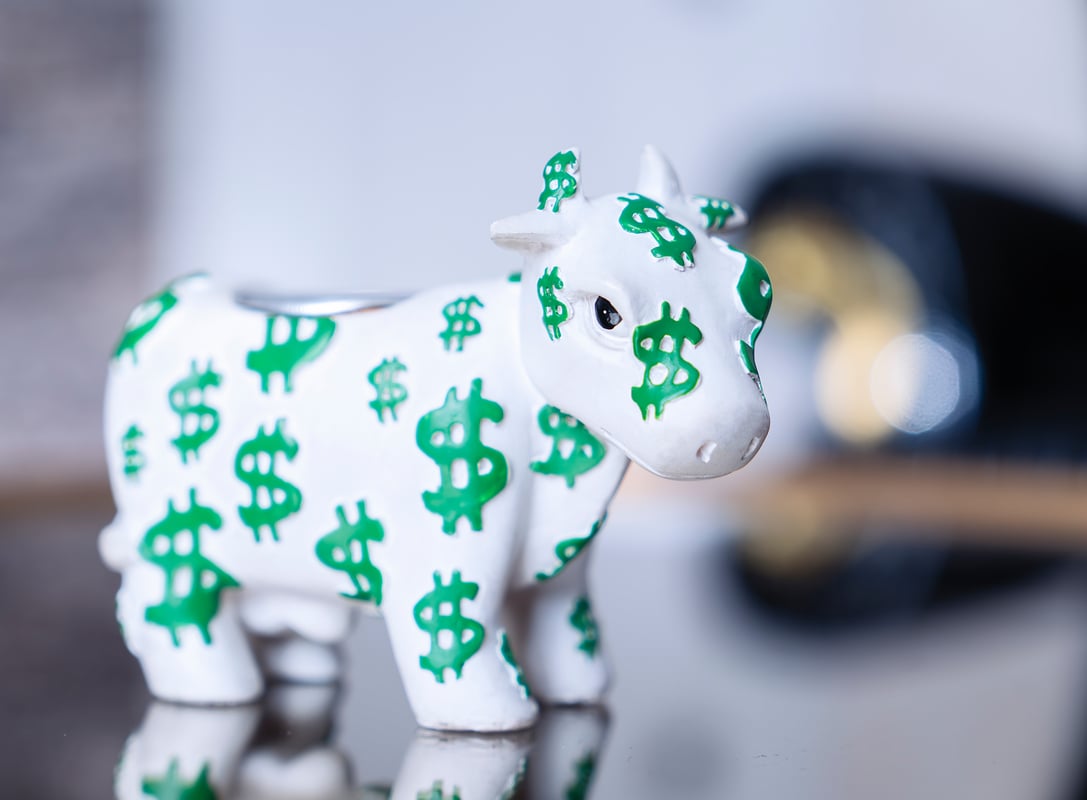
"The market, like the Lord, helps those who help themselves. But, unlike the Lord, the market does not forgive those who know not what they do. For the investor, a too-high purchase price for the stock of an excellent company can undo the effects of a subsequent decade of favorable business developments."
- Warren Buffett (1982)
There's a viable argument that Warren Buffett's success at the helm of Berkshire Hathaway (NYSE: BRK-A) (NYSE: BRK-B) was the result of luck and not, as others claim, his contrarian approach to investing, logic-based temperament, or prescience about the market's ebbs and flows.
"I am not saying that Warren Buffett is not skilled," Nassim Taleb wrote in the preface to Fooled by Randomness: The Hidden Role of Chance in Life and in the Markets, "only that a large population of random investors will almost necessarily produce someone with his track records just by luck."
The problem with this line of argument is that it relies on quantitative measures of performance -- his "track record." By doing so, it excludes the more qualitative analysis of the Buffett's decades of superior performance that emerges from his annual letters to shareholders. To appreciate how the latter changes the equation, Buffett's observation about "too-high purchase price[s]" in 1982 are a revealing place to start.
1982: A watershed moment for the market
The year 1982 was a watershed moment for equities. The Federal Reserve had succeeded at breaking the back of double-digit inflation. Stocks set off on a rally that would culminate in the "most extraordinary bull run in U.S. history." And a corporate acquisition frenzy got under way thanks to "junk bonds" peddled by the since-disgraced financier Michael Milken.
It's with the final development in mind that Buffett referred in his shareholder letter, written in March of the following year, to the "Acquisition Follies of 1982."
In retrospect, our major accomplishment of the year was that a very large purchase to which we had firmly committed was unable to be completed for reasons totally beyond our control. ... Had it come off, this transaction would have consumed extraordinary amounts of time and energy, all for a most uncertain payoff.
Buffett's opinion on this couldn't have been more contrarian. The impetus for the budding craze came when a small consortium of investors, spearheaded by former U.S. Treasury Secretary William E. Simon, purchased Gibson Greeting Cards for $80 million in January of 1982.
While the deal seemed simple enough at first glance, a deeper analysis revealed that the investors contributed a mere $1 million of their own money, financing the remainder by leveraging Gibson Greeting's assets. Fast forward 16 months, Simon's group took the company public in a $290 million initial public offering, reaping a 200-fold profit for the investors.
"Their phenomenal gain instantly became legend," wrote David Carey and John Morris in King of Capital: The Remarkable Rise, Fall, and Rise Again of Steve Schwarzman and Blackstone. And thus began a frenzied decade of leveraged buyouts that would send equity prices soaring, contribute to the largest single-day market crash of all time, culminate in the criminal conviction and subsequent bankruptcy of a leading Wall Street investment bank, and result in jail time for multiple leading financiers.
Buffett on over-paying for acquisitions
It's with this as a backdrop that Buffett discussed the dangers of paying too much for an acquisition. "For the investor, a too-high purchase price for the stock of an excellent company can undo the effects of a subsequent decade of favorable business developments," he wrote in his 1982 letter to shareholders of Berkshire Hathaway.
That Buffett recognized the budding trend in its infancy is a testament to both his disciplined approach to investing and his physical separation from New York, the then-epicenter of irrationality and global finance. And more than this, his observation about paying too much for even a good company rounded out his investment philosophy and transformed it into a two-part analysis that anyone can adopt.
The first step is to identify great companies with durable competitive advantages. "We continually search for large businesses with understandable, enduring and mouth-watering economics that are run by able and shareholder-oriented managements," Buffett wrote nearly a decade later. "Charlie [Munger] and I are simply not smart enough to get great results by adroitly buying and selling portions of far-from-great businesses."
The second step, to Buffett's point in 1982, is to ensure that one does not overpay for the right to own such companies, as doing so can "undo the effects of a subsequent decade of favorable business developments."
The Foolish takeaway
There is and will ever be only one Warren Buffett. But that doesn't mean savvy and disciplined investors shouldn't try to emulate his approach. By breaking it down into an analysis both of the company itself and the value of its stock, he's charted a path that even the most recreational of investors can follow.







